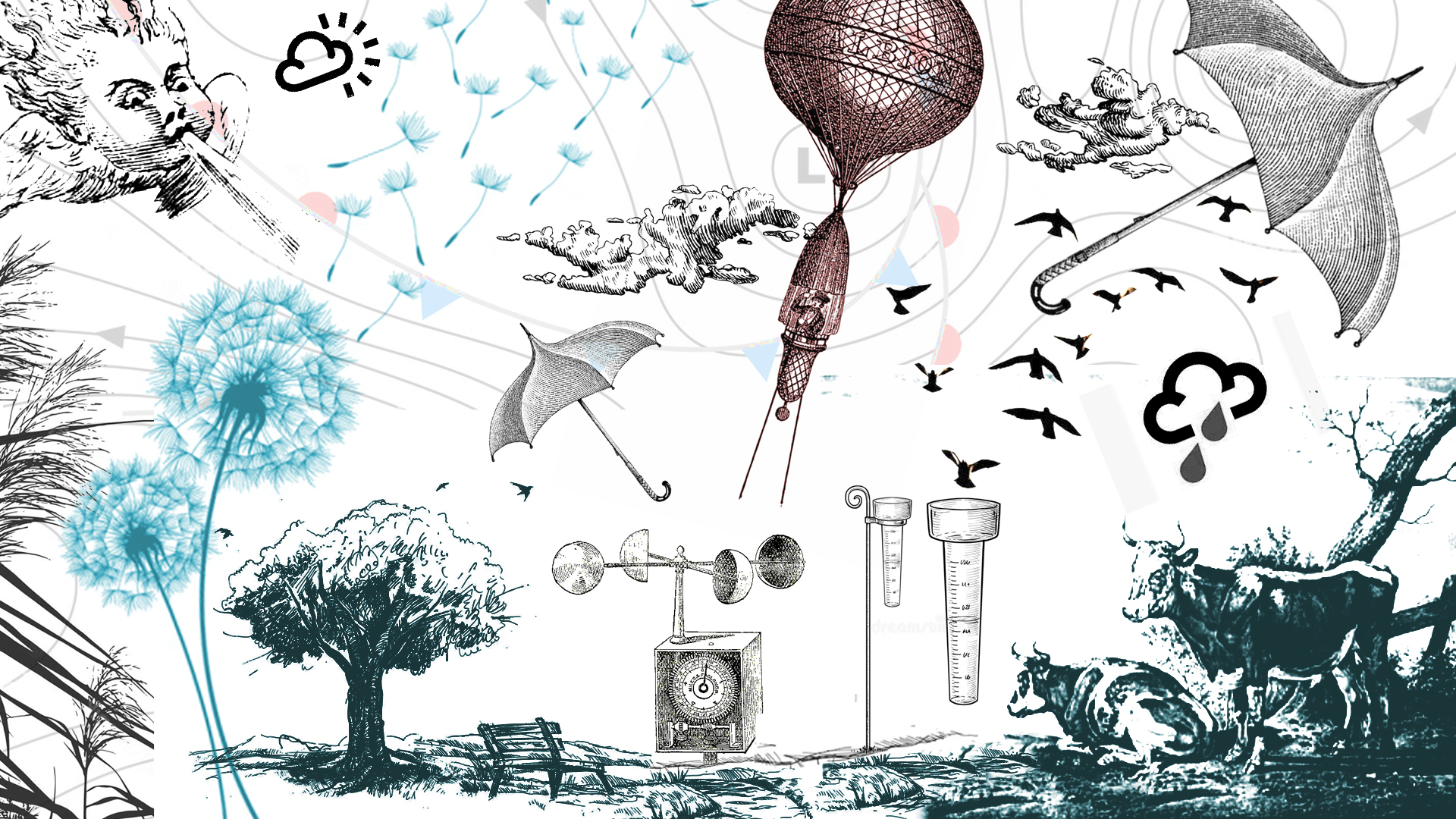We often talk about your business needing a story – an emotive way of talking about what you do that connects with an audience or as a mechanism for helping people understand what you do.
But what you actually need is a handful of stories to use in different scenarios. For investors, for clients, for potential new recruits.
And why ‘feel-good’ stories? Because one of the key characteristics of high performing people and businesses is positivity.
We’re not talking fake cheerfulness, but rather making sure what you write is relevant, empathetic, original and well-paced. Those are the stories that keep people listening, and the kind of content that will really help you to grow your business.
1 | The Founder Story
Your ‘once upon a time’ story. The one that charts how it all began. The best ones are attention grabbing and inspiring, at once instantly relatable and ambitious. Like a great film or a good novel, the story starts with an inciting incident. The spark does not need to be huge. It can be as tiny as a thought, something mundane noticed in the humdrum of everyday life, but it needs to have big ambitions and huge potential. To light a fire, start a movement, make things different, to change things for good.
2 | Case studies or customer stories
Likely to be some of the most read stories on your website, make the customer the hero of the stories you tell. These stories are your opportunity to ‘show not tell’ the value you deliver for your customers. Devote time to exploring the customer’s challenge, and use their own words to describe the situation before they worked with you. In the main section, talk about what you did to effect the change, but don’t get too involved in the details. Leave space for the customer’s own description of the results, and the impact your involvement has had on their business. Include colour, emotion, and real life relevant details. If you were directing the film of your customer story, you’d want some close ups here. They’re what will lift your stories from box-ticking, run-of-the-mill case study content, to relatable, readable, genuinely human content.
3 | Story for sales people
Not a single story as such, but a way of helping your sales team talk to potential clients so they start to see themselves as part of your story. To visualise themselves as people with challenges that you’re perfectly poised to fix. The stories your sales team can tell revolve around the Gap.
“The Gap is the empty space between what a customer has and what they need. Or where they are now and where they need to get to.”
The Gap is the most honest, insightful, and purposeful (ideally quantifiable) description of that space. Sometimes, the customer hasn’t fully explored their gap – because of lack of insights, perspective, time or tools. Sometimes, they’re doing a poor job of distilling down a great big vision into something that they think they can buy.
4 | ESG story
An ESG story is fast becoming one of the most important parts of any organisation’s communications toolkit, and essential to mark you out as one of the good guys.
Environmental, Social and Governance ( ESG ) is a framework and formula that helps a business balance its quest for profit against its contribution to its people and broader community, and the planet.
Yours needs to be upfront, authentic, informed by strategy and motivated by a desire to make a positive contribution to society as a whole.
5 | How we work story – our culture
In an era of hybrid work, it can be hard to tell a good recruitment story.
“The problem isn’t that hybrid doesn’t work,” says Christine Armstrong, Armstrong and Partners. “The problem is that most organisations haven’t done the work to make it work.”
Company culture is the glue that binds people, and that’s been eroded as fewer people share good times together at work.
“If you are paying people to look at a screen, they’ll end up going to the highest bidder. There’s no glue.”
Your ‘how we work’ story is one you make together with your teams and that’s a long ongoing project. It means rethinking every part of the way you operate, from how often you get together in the office, and what you do once you’re there. Reevaluating goals, measurement, productivity, office space, mental health, leadership, meetings.
There’s no one size fits all version of hybrid, but share the work that you’re doing. Even if it’s messy and unfinished, it will be a good indicator to potential candidates that you’re consciously addressing how you make your organisation a great place to work. Share research, blogs, vlogs.
6 | Your story in numbers
Numbers have the power to hook us in, but they can derail a story too.
We’re led to believe that numbers don’t lie. And that’s at the heart of their power. But in fact, they regularly do.
The key to telling stories with numbers is to focus on the story first, not the numbers. Create a storyboard of the narrative you want to share, and slot the numbers in afterwards. They’re ingredients, not the whole dish.
7 | Change story
We often talk about the need to have a really clear message. Capture the value of what you do in simple language, and share that story consistently in the valuable content that you create. Build a brand and a reputation by getting known for the one thing you do really well. Be niche.
But what if you want to shift the focus of what you do? What if the one thing you’ve become known for is no longer lighting your fire? Maybe your priorities have changed, you’ve spotted a gap in the market, or just realised that you need a change of direction for your own peace of mind.
Look at the big picture of what you’d like to be delivering in the future. Start from the clients’ point of view. Are you going to be serving the same group of people or new ones? Are you going to be solving a different part of the same challenge? How do they feel about this issue compared to the one they already know you for? Note down where the similarities lie.
And look at what stays the same in your business. Will the values of the business change to incorporate this new direction? What are the threads that run through your existing offer and the new direction you’d like to take?
Are there big linking themes that will help you make your new story feel like a natural extension of what people already know and love about you?
The nuggets you draw out of this exercise will determine the direction of your new story, and where you need to make changes.
Other useful stories to have up your sleeve
- For when things don’t go according to plan – How to tell stories in a crisis
- When you want to build a community – The unexpected benefits of getting into the newsletter habit
- When you want to unify – Stories to unite and divide us





What do you think?